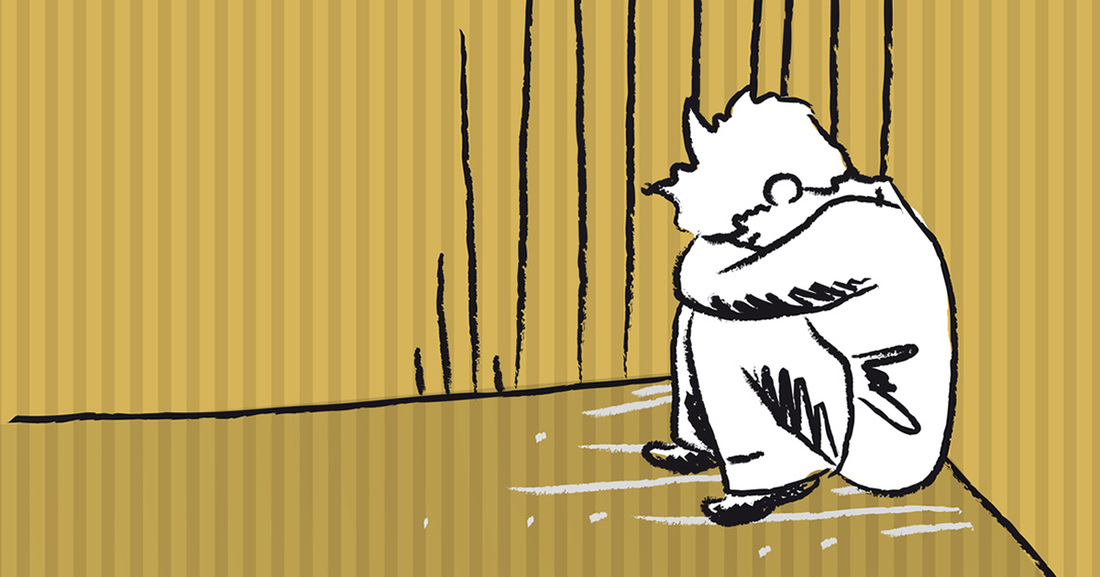Mental Health and Childhood Experience
Studies show that while children may not consciously remember trauma, their future health - and mental health - is impacted. Find out what local educator Dr. Sherry Ponder is doing to raise awareness.
- by Christina Richardson, Ph.D.
Sherry Ponder, Ph.D. is the former Bay-Waveland School Board president and a nationally board certified teacher. She currently serves on the Mississippi Council for Exceptional Children and since 2003 has been working to raise awareness on youth mental health issues and teaching teachers and parents to recognize and to be part of the equation in improving lives affected by mental illness.
Dr. Ponder was a special education teacher who took on the issue of youth mental health after a nephew took his own life. She sees herself as a Don Quixote helping people with mental health issues. Mental Health 101 for children is her passion. “Fifty percent of all lifetime cases of mental illness begin by age 14, so it is imperative to get help as soon as possible.” “If I am teaching a class and ask for a show of hands for those who have been touched by cancer, many hands will go up. Not so many if I ask about being touched by mental illness,” Dr. Ponder said. “We need to understand the language of mental health and how to help families be a part of the solution.” Dr. Ponder teachers youth mental health for the Mississippi Department of Mental Health and she is a certified instructor for the National Alliance of Mental Illness (NAMI.org). One of the programs she teaches is called NAMI Basics. This is a free six-week program for parents and other caregivers of children and adolescents who have either been diagnosed with a serious mental illness or serious emotional disturbance, or who are experiencing symptoms but have not yet been diagnosed. Hurricane Katrina was a major event in the lives of adults and children on the Gulf Coast. The Children’s Health Fund has, in the 2010 report listed here, noted that 60 percent of children displaced had serious emotional disorders, behavioral issues, or were experiencing housing instability five years later. These children are 4.5 times more likely to have symptoms consistent with serious emotional disturbance. (See here for more information.) At the 2nd Annual Mississippi Children’s Mental Health Summit in Jackson, May 2015, sobering facts were presented to the attendees: One in five children suffers from a mental health disorder, yet only 20 percent get treated; 50 percent of students with a mental disorder drop out of high school; One half of all lifelong cases of mental illness begins by age 14; An estimated 90 percent of children who have committed suicide had a diagnosable mental illness; and the estimated annual cost of mental disorders among young people is $247 billion. For additional facts and figures here is a NAMI Mental Health Fact sheet for children and teens. Our children are precious to us. Mental health conditions are common among teens and young adults. They develop for complicated reasons and they are not the fault of the young person or their family. Mental health services are available and for young people NAMI has an OK2Talk site. If you or someone you know would be interested in hearing more about the NAMI Basics or other education programs, Dr. Ponder would be happy to talk to you. Please send me an email at [email protected] asking for Dr. Ponder’s contact information. Comments are closed.
|
Categories
All
Archives
July 2024
|
Shoofly Magazine Partners
Our Shoofly Partners are local businesses and organizations who share our mission to enrich community life in Bay St. Louis, Waveland, Diamondhead and Pass Christian. These are limited in number to maximize visibility. Email us now to become a Shoofly Partner!




























 RSS Feed
RSS Feed























